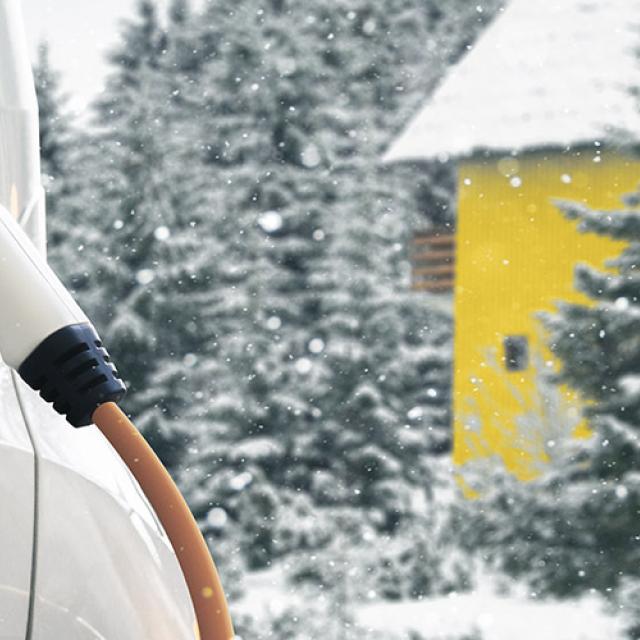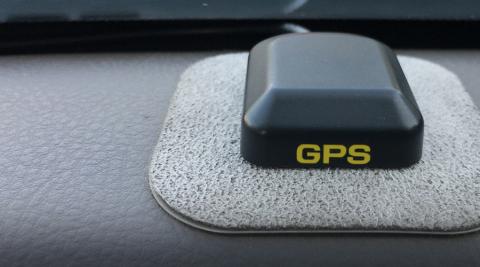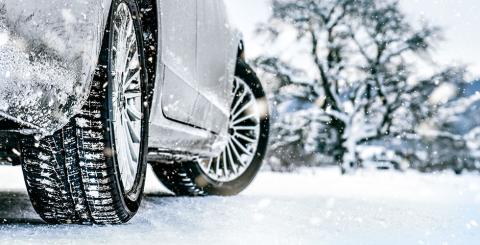Why do electric vehicles have less range in winter?
Last updated on March 8th, 2021

Whether your car runs on gas or electricity, it’s important to remember that its performance will be greatly reduced in winter. Cold weather affects all vehicles, not just electric vehicles.
Did you know that gasoline cars can use up to 30% more fuel in winter? Their range is considerably diminished as well. You are just less likely to notice because gas stations are so abundant and refueling is so fast. Gasoline cars actually lose almost as much range as electric cars do in winter.
So why does cold weather have such a big impact on the range of electric cars? There are a number of reasons.
Heating
One of the main reasons battery performance is weaker in winter is heating. Unlike gasoline vehicles that draw most of their heat directly from the engine, electric cars have electric heaters powered by the main battery. Some electric vehicles, such as the Nissan LEAF, use a heat pump, which, in theory, should be much more efficient because it draws less energy from the battery.
You can easily test this yourself. Try turning off the heat in an electric car during winter—the vehicle’s range will increase almost instantly. Some models, such as the Kia Niro EV, go so far as to completely shut off climate control to maximize battery life in Eco+ mode.
That said, there are ways to heat your vehicle with minimal impact on range. Most models allow you to precondition the interior of the vehicle, i.e., to turn on the heat or AC when the vehicle is plugged in a few minutes before your departure. It’s a bit like a remote starter. When you enter the car, it’s already heated—without having used the battery. Once you are on the road, you can turn down the heat to keep it nice and cozy. This allows you to maximize battery life without compromising on comfort.
Ice and snow
Two other things that can affect the range of an electric car are snow and slippery roads. As with any vehicle, if you lose traction, your wheels will start to spin. Tire slippage is bad for fuel economy and can reduce the range of your vehicle. We strongly recommend leaving traction control activated when driving an EV in winter to prevent excessive wheel spinning.
The same applies when driving in deep snow with winter tires, which are usually heavier than summer tires. The added resistance makes the vehicle draw more power from the battery.
A bit of science
Even preconditioned electric vehicles will have limited range in very cold weather. There is usually significant loss of range (20–35%) when temperatures drop below 5°C. Things get even worse in extreme cold, i.e., below -10°C.
For example, a Chevrolet Bolt EV with an expected range of about 415 kilometers in summer conditions will have its range reduced to 250 kilometers in very cold weather, even with the heat turned off. But why?
It’s simple science! Well, maybe not so simple, but it’s easy enough to understand once put in layman’s terms. The important thing to remember is that a battery’s efficiency lies in its ability to convert chemical energy into electrical energy. To generate electricity, electrons must “swim” in a liquid or gel electrolyte. The lower the temperature, the more sluggish the electrons get, and the more difficult it is for them to move around as the solution (electrolyte) gets denser and denser. The electrons require more energy to move, which reduces battery performance.
This phenomenon is very similar to exercising in the cold. Your body needs energy to keep warm, so you have less stamina than you would in summer. The battery gets weaker and therefore does not last as long when used.
So it’s only natural that electric cars have less range in winter, just as it’s not unusual for gasoline cars to burn more fuel when the temperature drops.
Keep in mind, however, that EV batteries are evolving at an almost exponential rate. Also, plugging in your car at home when it’s not in use—which is practically automatic when you own an EV—will keep the battery warm and at maximum capacity. With these simple tips and an adapted car insurance, your electric car will be ready for the harsh winter months.



